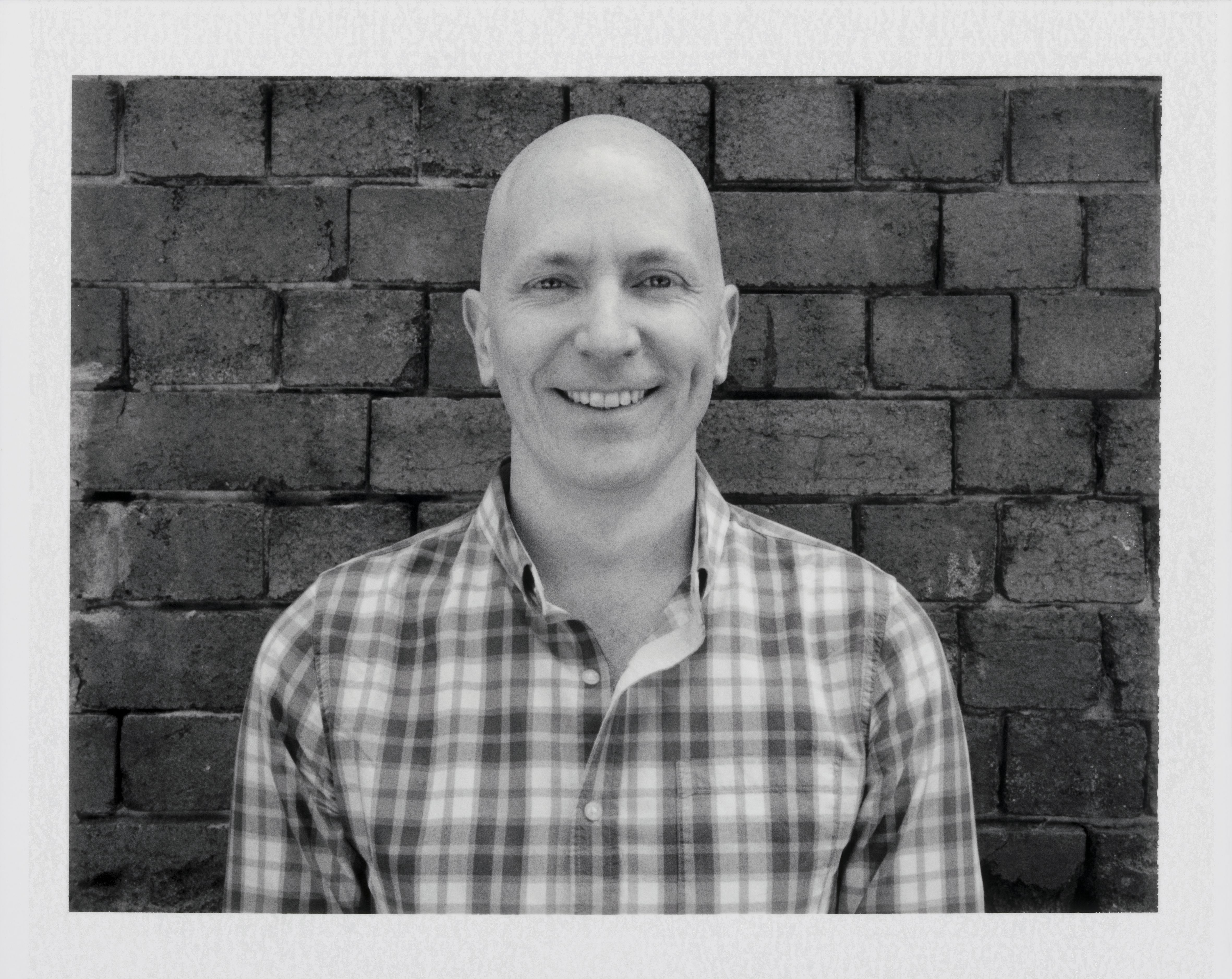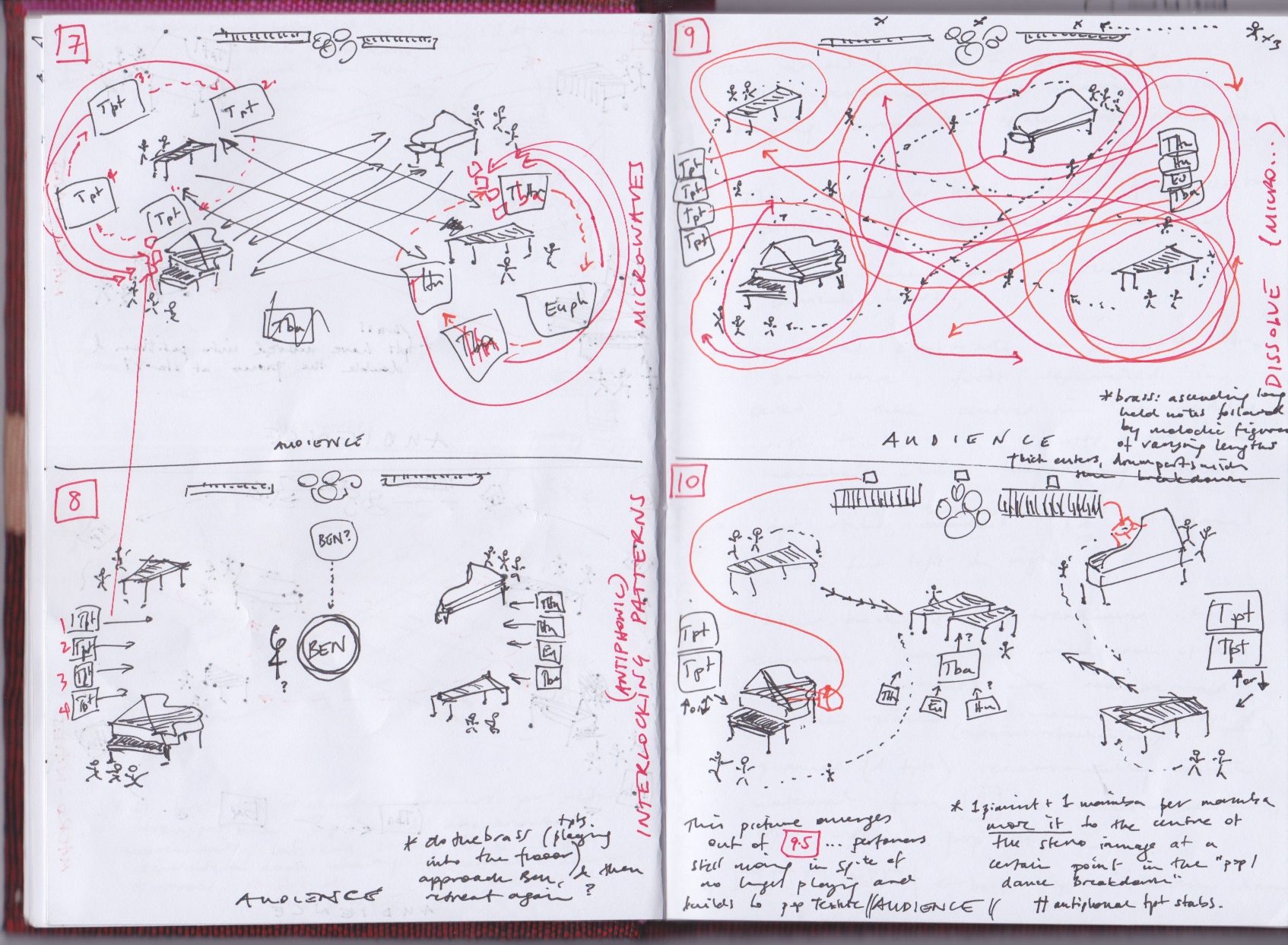When Harry Met . . . Part 4 – Drew Crawford
The last in Harry Matthews’s series of composer interviews in the runup to SHIFTS – now time for us all to perform in and listen to the concert tomorrow!
 Harry Matthews (HM): As a composer you have such a diverse and creative output. For you, is there a separation between the creative process of composing a film score and composing Waves Of… (the piece featured at the upcoming SHIFTS concert)?
Harry Matthews (HM): As a composer you have such a diverse and creative output. For you, is there a separation between the creative process of composing a film score and composing Waves Of… (the piece featured at the upcoming SHIFTS concert)?
Drew Crawford (DC): The short answer to that is, no. I would say that when I was younger, I might have felt there was more of a separation. But really, the creative process comes down to, what is your trigger, why you are doing what you’re doing, and what are the restrictions that you have; those restrictions could be budget, schedule/time, and the context to which it will be performed (dance club, theatre, concert hall). And you then you work with all those parameters and it’s exciting! So with a film score for example, a lot of restrictions come externally from the director, producer and the script. But with something like Waves of… there are still plenty of restrictions, and I like to put these restrictions on my resources because it allows me to focus on my creativity, which is of course an old Stravinskian notion. That’s the longer answer!
HM: You have spoken about how many of your compositions exist as studio works, a sound world in which you have full control. How does moving to the materiality of live performance, where often parts of the situation are out of your control, change your role as a composer?
DC: That’s an interesting question, I think it’s important to point out that I started in live performance with real musicians, in a real space in real time. I think I was frustrated with some of the limitations of the materiality of sound, where you can’t control the space etc… I think I struggled with those things quite a lot, but because I didn’t know as much about sound when I was younger, I just accepted it. And then having spent a good 10 years working in studios, through my work, I better understood how sound operates, how you can control it in a studio environment and how you can attempt to control it in an acoustic environment. Coming back to the concert hall has been, still, really frustrating! So Waves Of… is an example of a piece where I’m thinking about the acoustic, and what the acoustic can mean and using that as a starting point. There is no point fighting with my frustrations, writing something that I want to be really dry and short, and being disappointed when it sounds all messy in a large concert hall [Turner Sims has a beautifully resonant sound, something that doesn’t suit all musical styles]. So I’ve confronted this in Waves Of… by thinking about textures that can float. And I’ve been thinking about how I can effect the directionality of a sound within a space. For example, having two marimbas spaced far apart on the stage, and when they’re pushing a note between them it’s as if the sound is moving around the space, suspended between the two instruments. I’m also working with electronics [in Waves Of…], and the way they’re placed around the stage which will give a much more immediate impact. So moments that I want to sound close, direct or immersive are electronically mediated. Moments that I want to have a slightly more diffuse character are live. The live elements plays between things being asynchronous [happening at the same time] to things being rigidly synchronised and I’m interested in what this sounds like in a reverberant space. So when material is asynchronous in a reverberant space it has a lovely smudged cloud-like quality and when things are synchronised we start to hear the sound of the space clearly, as a distinct sound entity.

HM: So you’re taking the practice of mixing in a studio environment, manipulating the space using processing tools (pan, EQ, compression etc.), and using this approach with live musicians.
DC: Absolutely, that’s exactly what it is. The thing is, I can’t not think about those things now.
HM: Waves Of… explores the difference between oscillations and stillness. Could you tell me a bit more about this?
DC: So this comes back to the idea about moving a sound around space, so we’ve set up the idea that sound can move around the space physically, using the position of instruments to show this. There are two marimbas, performed by two people each, spaced at opposite ends of the concert hall, moving the sound around them. And that becomes your foreground interest, the way the sound is moving, and the obvious contrast is for that to stop. So we experience stillness. There are also two pianos at opposite ends, each with three players. So there are sounds being moved around by both the marimbas and pianos, and so we can think about them as being contrapuntal [two separate ideas being played at the same time]. With the increase of players on each instrument, you can increase the number layers of movement that you have and think about them as being counterpoints to each other. So that will become a very complex texture, even if its not harmonically complex, there is a lot going on with sounds moving around the space. In order to contrast this is using silence or stillness. So I’m playing with the idea of giving people a break every now and then, just to reset their ears but also to excite and then calm them down. And I don’t think that’s any different to what we would do melodically, rhythmically or harmonically – I’m just thinking about it in terms of texture and space.
HM: Tension and release!
DC: Absolutely tension and release, it’s a fundamental compositional principle.
HM: So for my final question, it would be great to know what you’re up to at the moment and your future plans?
DC: I am continuing to investigate this idea of spatialising live performance and mixing it with electronics. I’m interested in doing a lot more in this space, either with students at the University or with other ensembles. I will be looking into different contexts, including site-specific performance and gallery spaces. I have a few ideas of how I want to work with that going forward. On the complete other end of the spectrum, I’ve got a handful of bangin’ dance pop tracks that are finished and I’ve just got to find the time to release them to the world! I continue to do commercial work for various multimedia projects. One of the things I’m appreciating much more as I get older is how my experiences fit into each other. So experimenting with the HARTLEY Loop Orchestra on these ideas feeds into my commercial work, and similarly the opportunities I get through my commercial work completely influence my ‘art’ work. I don’t want to restrict the kind of projects I do, but it’s nice that all my projects can fit in with each other, which is really exciting!
To find out more about Drew Crawford you can visit his website here.
This interview was conducted by video chat on 24 January 2019
If you would like to read the full interview, this can be found on Harry’s website here.

